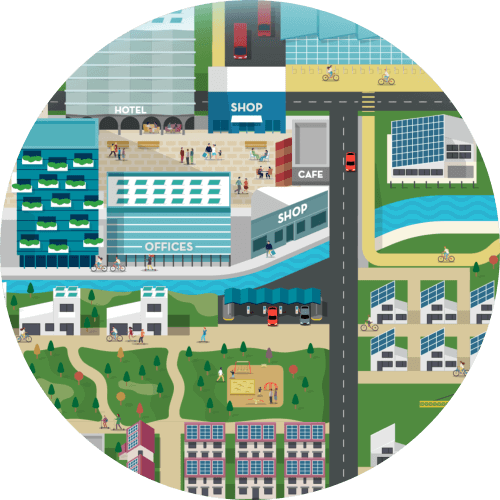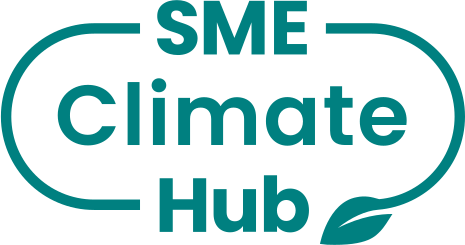Descubre los pasos que puede seguir tu empresa hacia un futuro más sostenible con nuestros recursos gratuitos.
Recursos
 Volver atrás
Volver atrás

 Volver atrás
Volver atrás
Hubs Regionales
 Volver atrás
Volver atrás

 Volver atrás
Volver atrás
El UK Business Climate Hub
El UK Business Climate Hub ofrece asesoramiento sobre cero neto para pequeñas y medianas empresas en el Reino Unido.
Quiénes somos
 Volver atrás
Volver atrás

 Volver atrás
Volver atrás
El Compromiso Climático para Pymes
Únete a miles de empresas que luchan contra el cambio climático. Asume el compromiso.

